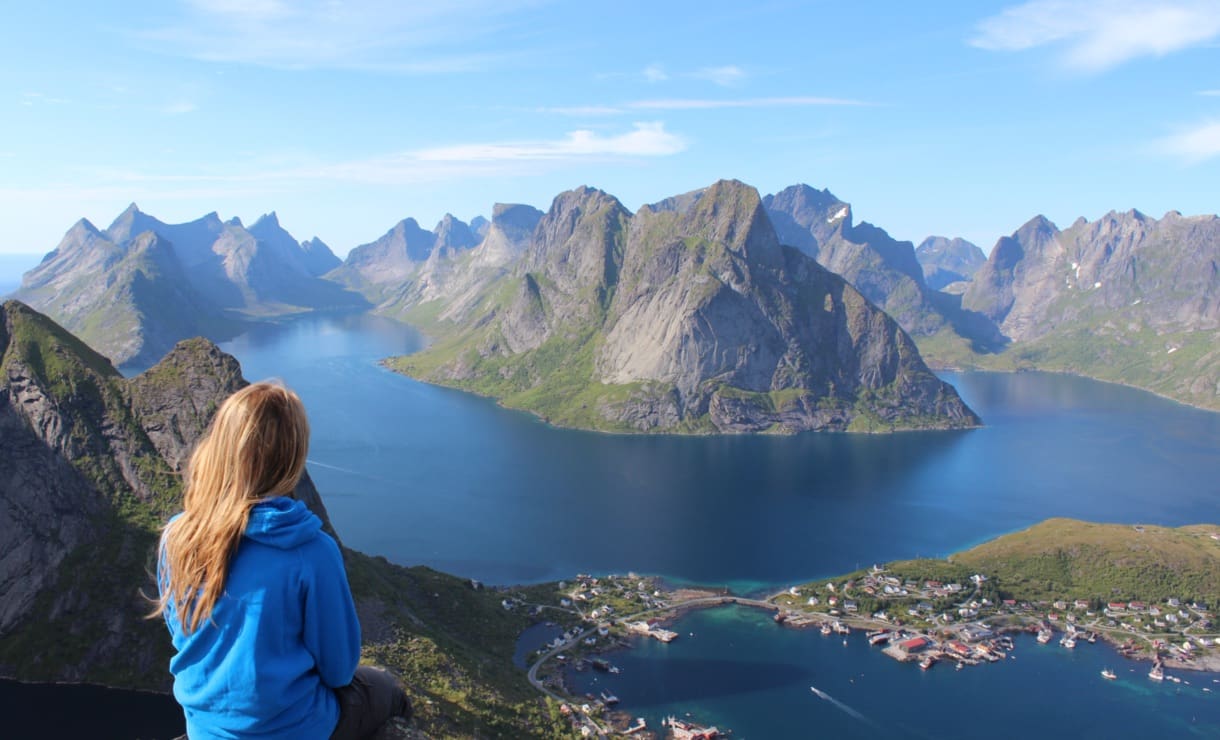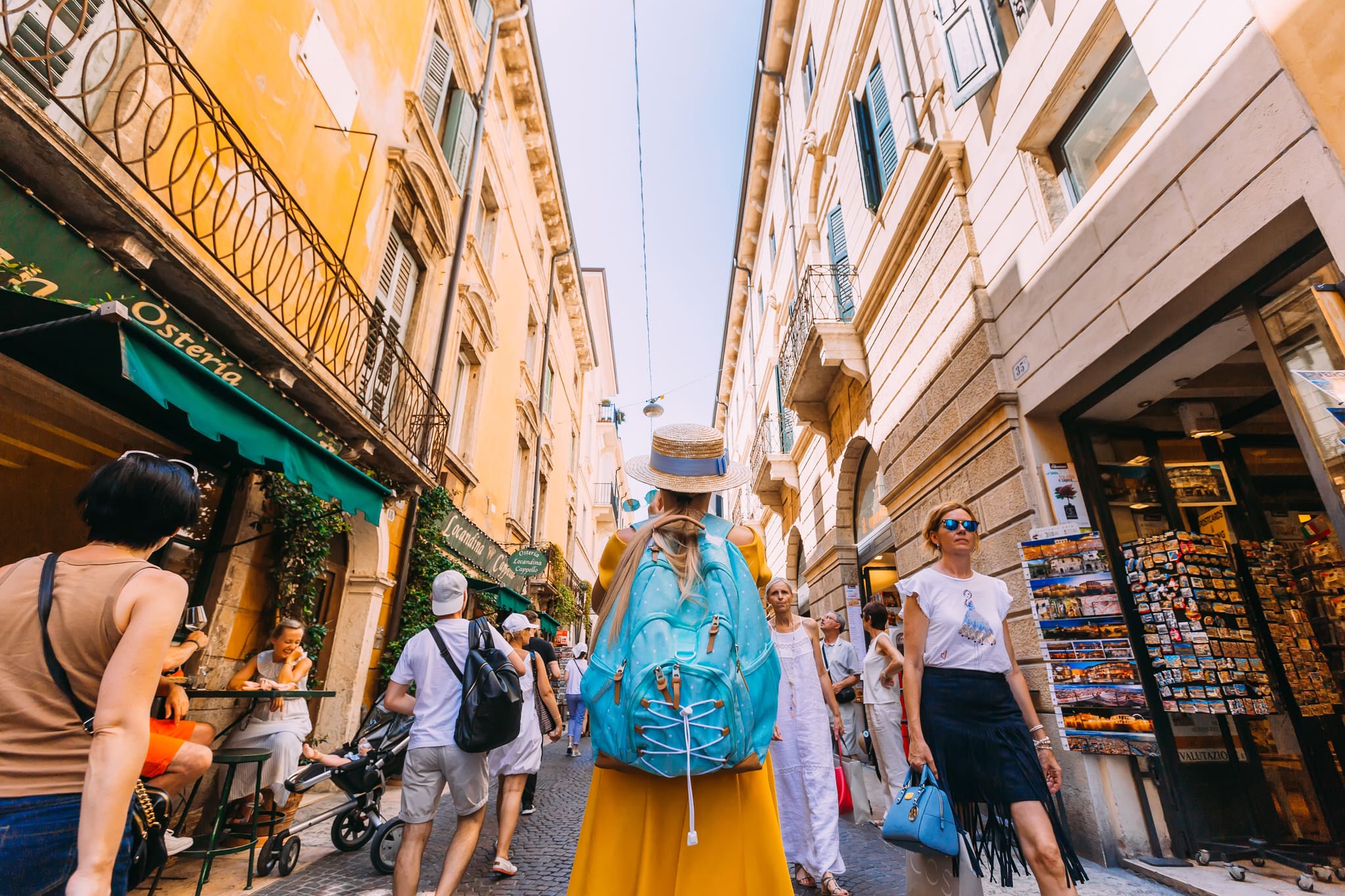Haiti

*The native Taino – who inhabited the island of Hispaniola when it was discovered by Christopher COLUMBUS in 1492 – were virtually annihilated by Spanish settlers within 25 years. In the early 17th century, the French established a presence on Hispaniola. In 1697, Spain ceded to the French the western third of the island, which later became Haiti.
*The French colony, based on forestry and sugar-related industries, became one of the wealthiest in the Caribbean but only through the heavy importation of African slaves and considerable environmental degradation. In the late 18th century, Haiti’s nearly half million slaves revolted under Toussaint L’OUVERTURE. After a prolonged struggle, Haiti became the first post-colonial black-led nation in the world, declaring its independence in 1804.
*It shares the island of Hispaniola with Dominican Republic (2/3 DR, 1/3 Haiti).
*It is slightly smaller than Maryland.
*Port-Au-Prince is the capital.
*The population is 9,893,934.
*Life expectancy is 62 years old.
*The median age is and approximately 56% of the population is under the age of 24.
*Approximately 49% of the population over the age of 15 can read and write.
*There are approximately 2,587,205 children involved in child labor of some form which is approximately 21%of the population of children. (est. 2006)
*In January 2010, a 7.0 magnitude earthquake hit Haiti destroying most of its capital.
*It is the currently the poorest country in the Western Hemisphere with 80% of the population living under the poverty line and 54% living in abject poverty.
*Approximately 18.9% of the children are underweight (est. 2006).
*The official languages are Creole and French.
*Religions: Roman Catholic 80%, Protestant 16% (Baptist 10%, Pentecostal 4%, Adventist 1%, other 1%), none 1%, other.
*Approximately half of the population practices voodoo.









